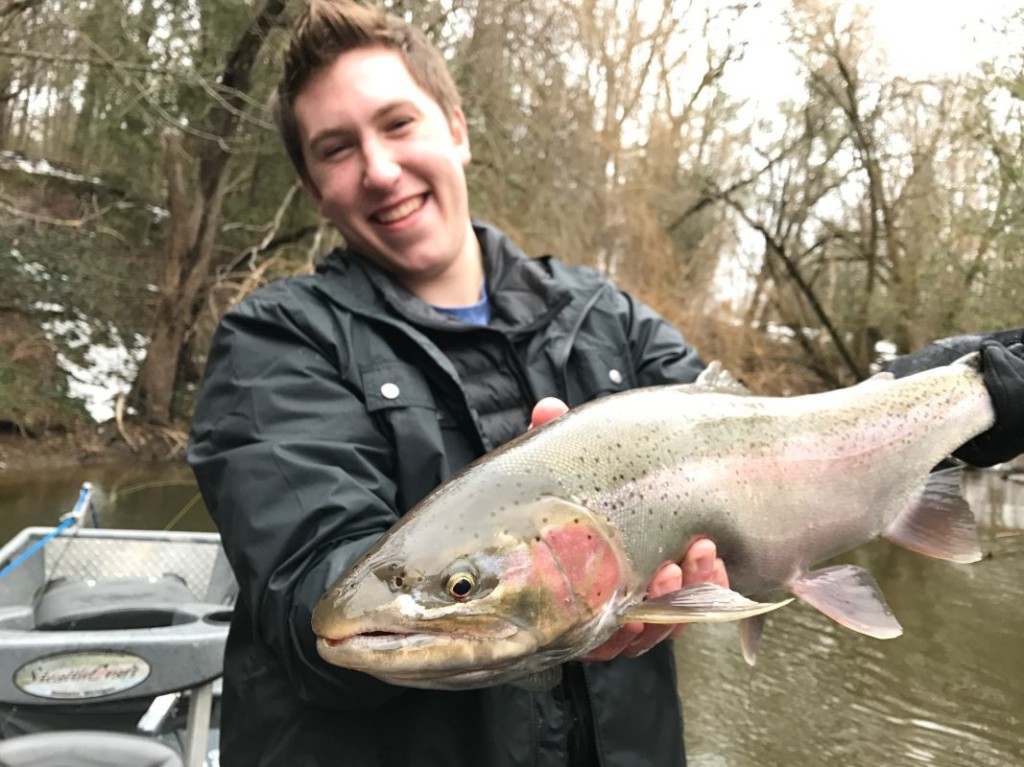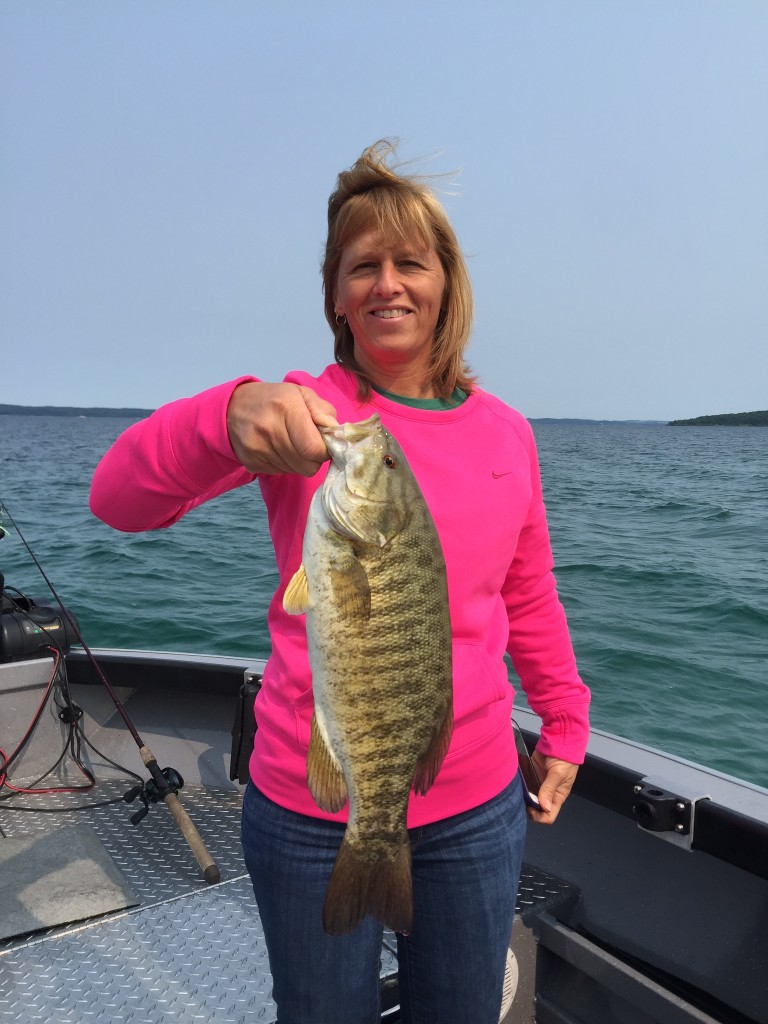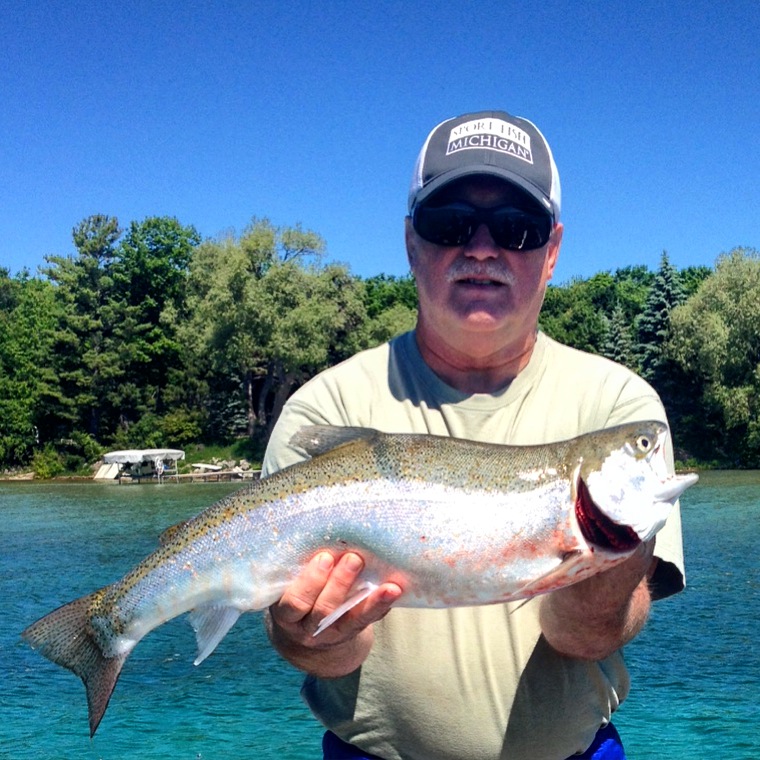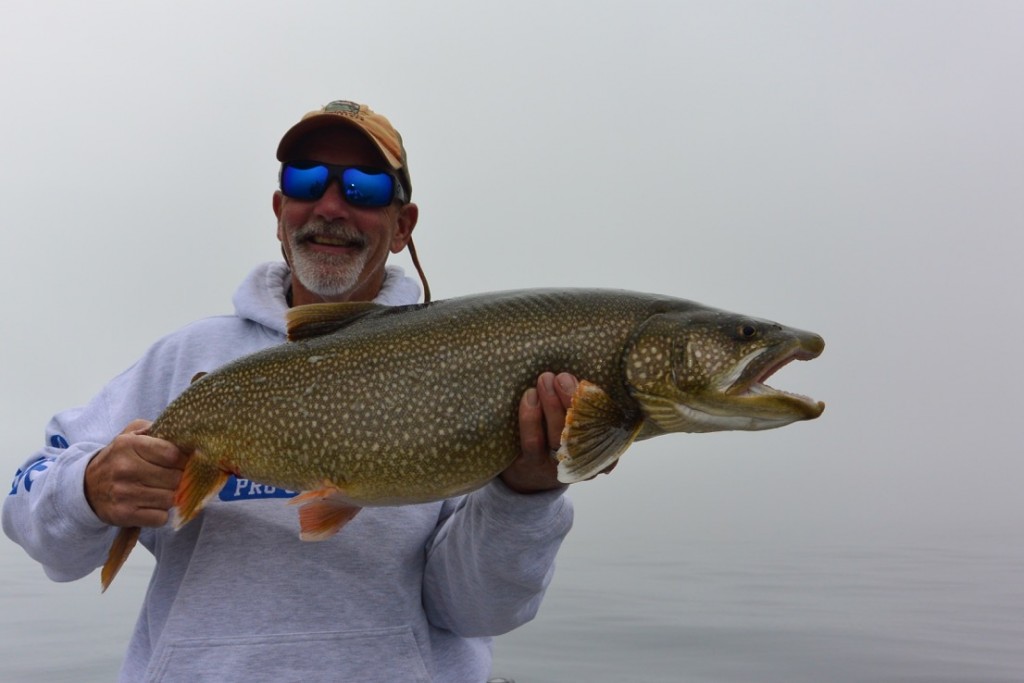April is upon us. The ice has melted, and instead of seeing the lakes covered with shanties and snow, we see waves and boats! Northern Michigan spring weather can be cold and rainy, but that will not stop anglers from hitting the inland lakes in hopes of landing some big pre-spawn smallmouth and largemouth bass. With the new DNR regulations in place allowing us to target bass, the month of April is now wide open for us, where it was previously closed. While we can target bass, it is still catch and immediate release, however.
With a lot of the lakes maintaining water temperatures in the upper 30’s to low 40’s it is important to note that most of the bass in the larger inland lakes are still rather lethargic. Feeding fish can and will be found transitioning from deeper water to shallower flats and weed covered drop offs. The feeding window tends to be short lived this time of the year; generally, it can be the warmest time of the day. Smallmouth’s love sun and a sunny day can really trigger a nice bite as the sun will penetrate down through the clear waters here in Northern Michigan.
A good go-to presentation in April can be blade baits and jerk baits. With the blade bait, retrieving with a double pump action associated with a fall can be key. Try several different styles of pumps making the blade bait flutter in your retrieve to trigger a strike and establish a pattern. The same goes for jerk baits–make sure you play with the jerk/pause cadence to establish what the fish want. With cold water, we at Traverse City Bass Guide Service like to start with at least a 3-5 second pause in between jerk/retrieve. In the colder water, April bass can even want as long as a 10-second pause. Keep in mind as well, that sometimes a twitch can be more effective than a jerk!
When targeting bass with these techniques, you have a very good chance of stumbling into a post spawn pike. This can make for a nice added bonus to get the blood flowing. Pike have a tendency to be found actively feeding adjacent to drop offs and on weed covered deeper flats this time of year. When you find one, you will usually find more! If you find that you’ve stumbled into an area that has nothing but pike, try moving a little deeper or in contrast a little shallower. The bass usually aren’t too far away.
We at Traverse City Bass and Sport Fish Michigan look forward to a great season chasing fish on the open water. We hope everyone has a great April and we look forward to seeing you on the water.











